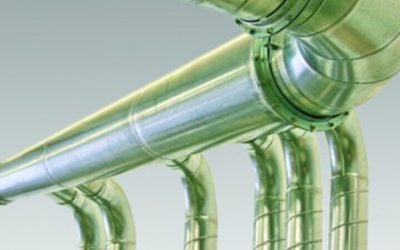Metal parts are prone to stress. Aerospace heat treating produces stress reduction. It enhances component strength, ensuring components can manage the extreme demands of aerospace applications. The treatment covers a wide range of components, including aluminum, titanium, composites, carbon and lightweight, high-strength metals.
Heat treating is the deployment of cold or hot solutions that alter the metallurgical compounds of a metal part. Treatments are applied to soften, harden or minimize stress on the component without changing the shape of the part. Besides treading metal parts for stress, aerospace heat treating maximizes machining and formability. After cold forming operation, the process also has the facility to restore ductility. This includes block forming, fluid cell forming, hydroforming services and deep draw stamping.
The desire for lighter, faster and more efficient aircraft has inspired countless complex alloy development. In order to perform as designed, equally complex heat treatments have been engineered. Most processes are performed in a vacuum. This protects metal alloys from damaging hydrogen, oxygen or nitrogen. Other procedures are conducted under strict protective atmospheric gases. Besides stress relief, heat treating is used to degas, braze, nitride, anneal and normalize, just to name a few. These treatments can be measured to exacting precision in order to meet the industry’s stringent specs. One can see how important this would be in the aerospace industry. There is no room for error.
Experience in heat treating services requires an understanding of multiple materials and the use of heat treatment methods.


